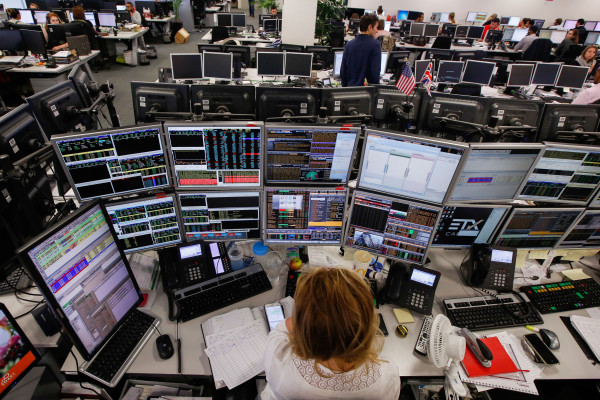

There is still an important place for fixed income investments in investors’ portfolios, a senior portfolio manager at institutional asset manager Dimensional has said.
Kipp Cummins told FTAdviser that investors would be forgiven for asking why they should be holding fixed income assets in their portfolios in the current low interest-rate environment.
“Rates are still negative in the UK, and the overnight [bank rate] is still zero.
“I think you have a lot of clients, particularly in the adviser space, who are asking themselves...why would I even have fixed income in my portfolio, I'm essentially, after fees, not earning anything?”
Interest rates have sat at historic lows since the 2008 financial crisis, and the jury is out on whether they will rise in the near future.
In February, the Bank of England even asked banks and building societies to be ready to implement negative interest rates by the end of the summer, as it kept the base rate at 0.1 per cent.
Although the central bank was clear it did not intend to set a negative bank rate in the immediate future, minutes from the meeting showed it would ask firms to prepare for negative rates in case it was necessary for the future.
Then, contrarily, in June the Federal Reserve brought forward its timeframes on raising rates, hinting it could raise rates twice in 2023, a year earlier than planned.
However the Bank of England disappointed markets last month with a more dovish tone, saying the high levels of inflation, and hence case for higher rates, would be "transitory".
The case for fixed income
Cummins said there were two reasons fixed income exposure was justified.
The first was that the level of yield is not the only story. “An expected return is made up of two main things: one is the yield and the other is the shape of the yield curve,” he said.
“As soon as you start moving further up the yield curve, if there’s some slope to that curve and you hold the bond for a certain period of time, the yield on that bond will decline with the passage of time.
“So as yields and prices have an inverse relationship, the yield goes down and the price goes up, so not only can you earn a small yield, but you can earn some capital appreciation.”
The second reason was that just because yields are low, it does not mean expected returns must also be low or zero.
“The trick is to find those [profitable] areas of the market," he said.
He added those areas currently included Australia, New Zealand, the US, Canada and Norway.
“These are probably the five areas of the developed market that have these upwardly sloped curves that provide attractive expected returns relative to somebody that might have a home bias or have to [invest] in the UK.”
Cummins said it also depended on the clients’ needs.
“If you’re someone who is entering retirement, is it really suitable for you to have 100 per cent equites in your portfolio - it might be that you have a lot of money and can bear that risk.
“But if you’re looking to use that money to produce a stream of income in retirement, you might want your accumulated wealth at that point to have a much lower risk profile, [and to] produce certain types of return streams.
“So all of this comes down to really understanding what the goals of the client are.”
He said the importance of fixed income has never changed, and it was as important and relevant now as it has ever been.
“Just because we might be in a low interest-rate cycle it certainly doesn't mean that that’s going to be what things look like tomorrow.
“I can’t wave a magic wand and make interest rates go up, but what I can do is maximise expected returns given the market environment that has been provided to me.”
sally.hickey@ft.com




